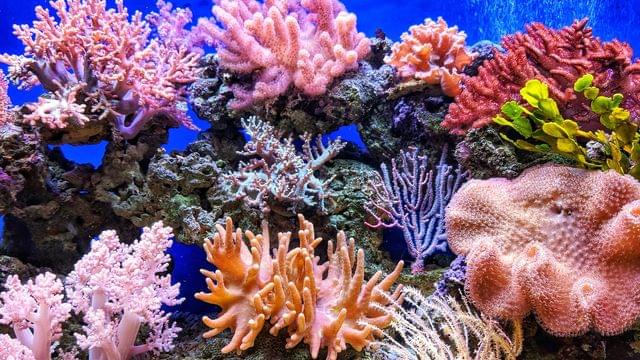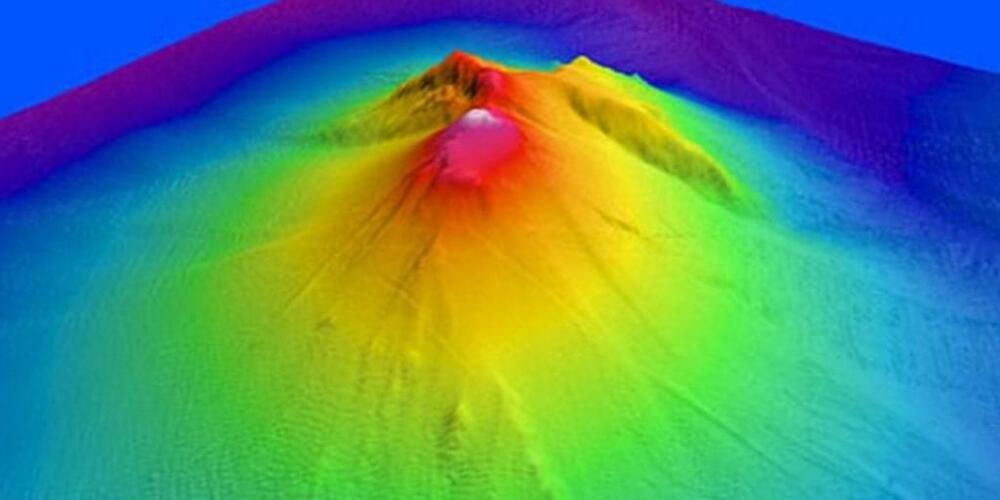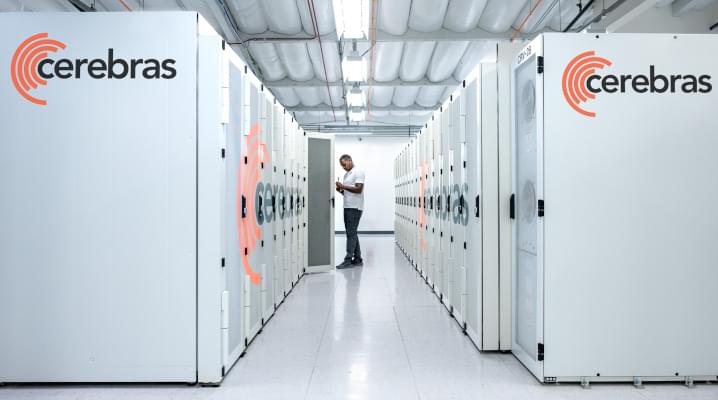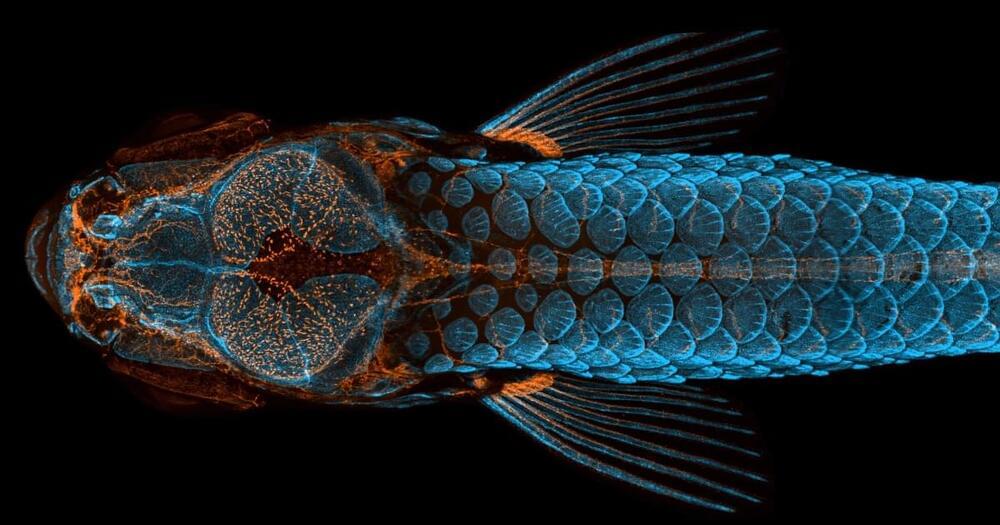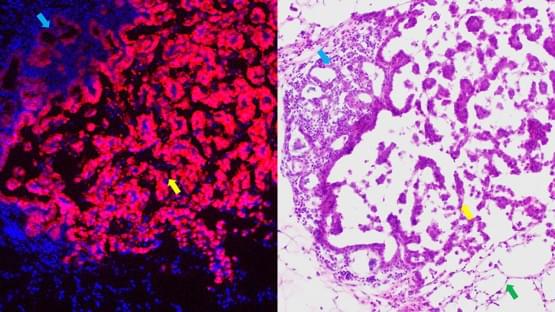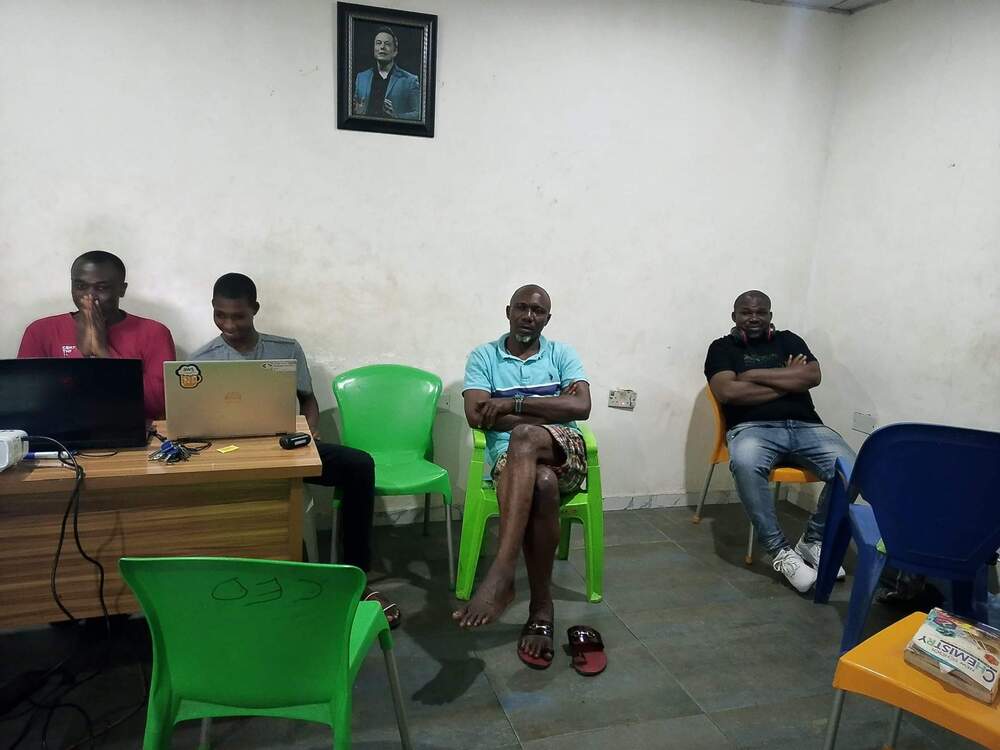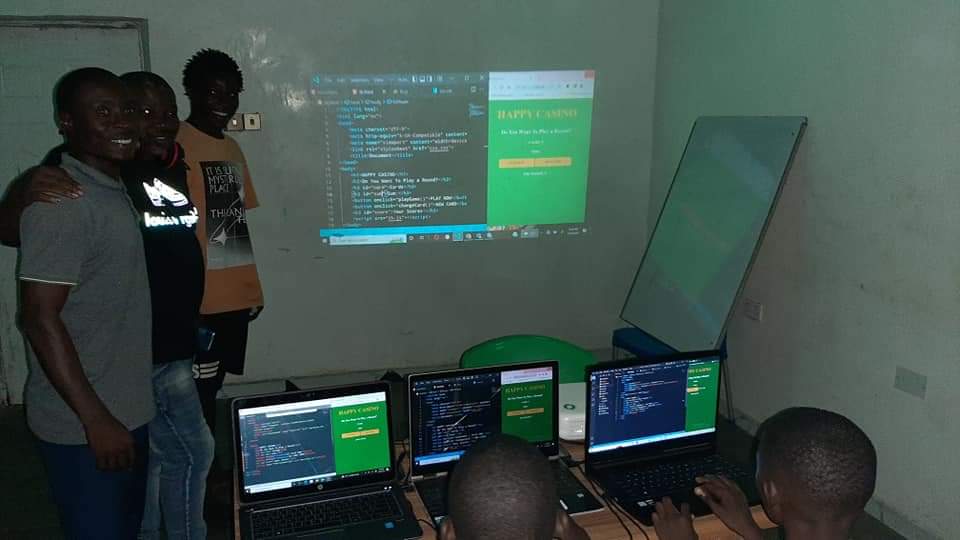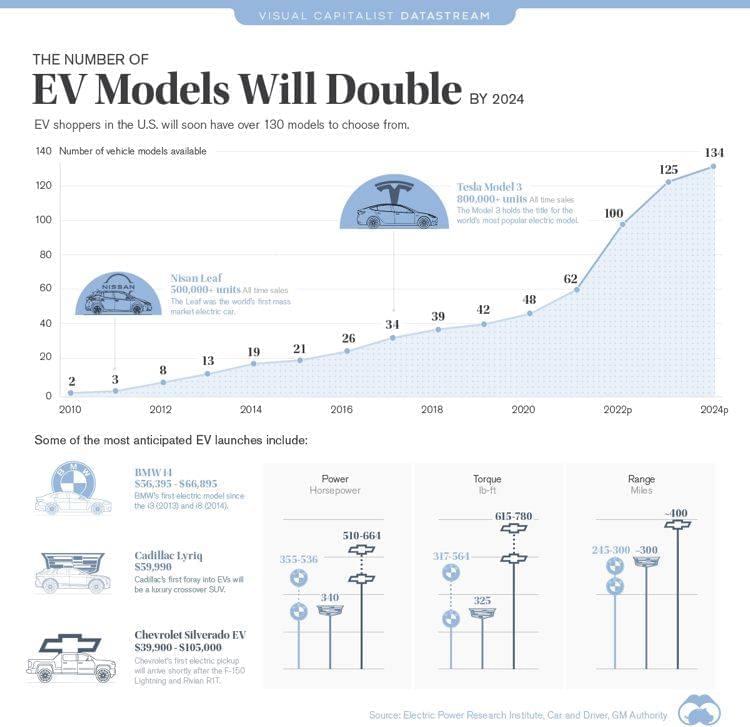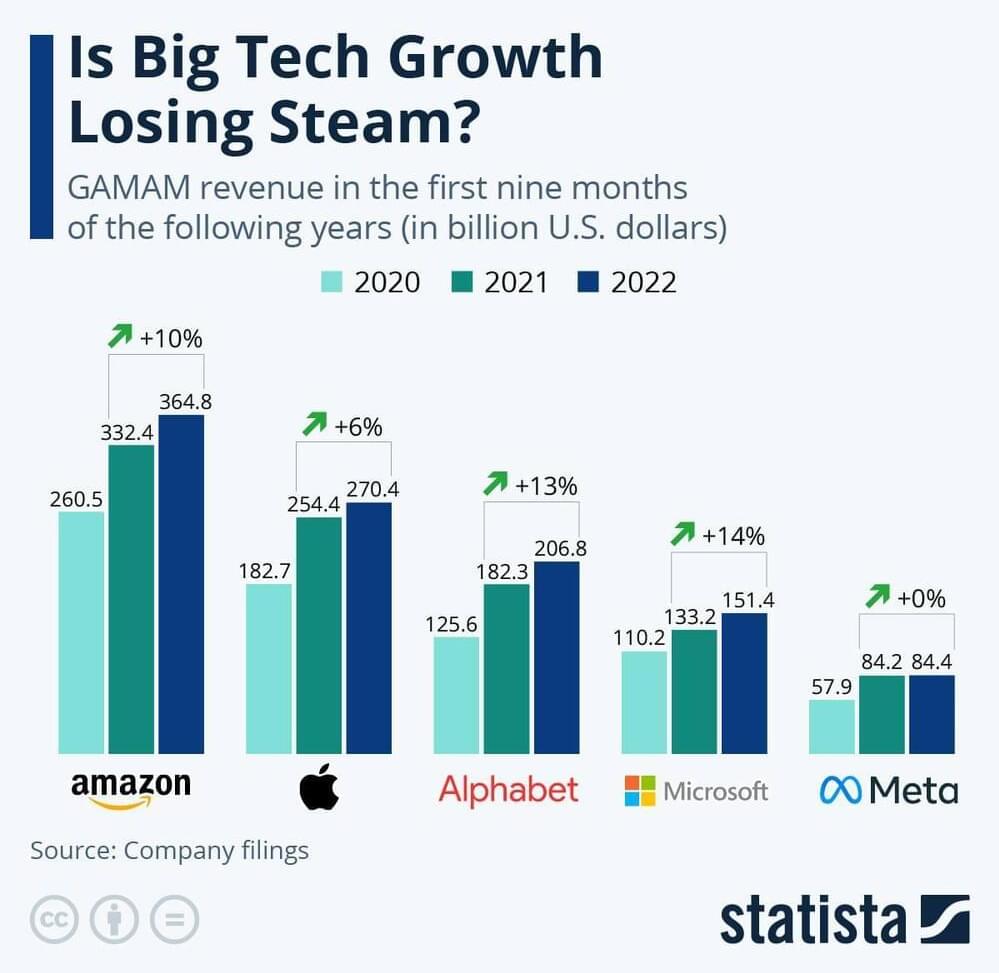Genetic diversity enables coral species to adapt to threats from climate change, so researchers have designed an aquarium coral “family tree” to help maintain and promote genetic diversity.
Scientists think the Ahyi Seamount’s explosions began in mid-October, but it’s difficult to confirm because the site, about 3,800 miles west of Honolulu, is so hard to reach.
Chip startup Cerebras Systems Inc. today debuted Andromeda, a supercomputer optimized to run artificial intelligence applications that features more than 13.5 million processor cores.
Sunnyvale, California-based Cerebras Systems is backed by more than $720 million in venture funding. The startup sells a chip called the WSE-2 that is specifically designed to run AI software. The new Andromeda supercomputer that Cerebras Systems debuted today is based on the WSE-2 chip.
According to Cerebras Systems, Andromeda can provide performance in excess of one exaflop when running AI applications. One exaflop equals 1 million trillion calculations per second. The startup says that Andromeda’s performance makes it suitable for, among other use cases, training large language models, which are complex neural networks that can perform tasks such as translating text and generating software code.
𝐓𝐡𝐞 𝐆𝐮𝐭 𝐌𝐢𝐜𝐫𝐨𝐛𝐢𝐨𝐦𝐞 𝐇𝐞𝐥𝐩𝐬 𝐒𝐨𝐜𝐢𝐚𝐥 𝐒𝐤𝐢𝐥𝐥𝐬 𝐃𝐞𝐯𝐞𝐥𝐨𝐩 𝐢𝐧 𝐭𝐡𝐞 𝐁𝐫𝐚𝐢𝐧
𝙉𝙚𝙬 𝙧𝙚𝙨𝙚𝙖𝙧𝙘𝙝 𝙞𝙣 𝙛𝙞𝙨𝙝 𝙨𝙪𝙜𝙜𝙚𝙨𝙩𝙨 𝙩𝙝𝙖𝙩 𝙜𝙪𝙩 𝙢𝙞𝙘𝙧𝙤𝙗𝙚𝙨 𝙘𝙖𝙣 𝙝𝙖𝙫𝙚 𝙖 𝙘𝙧𝙪𝙘𝙞𝙖𝙡 𝙚𝙖𝙧𝙡𝙮 𝙞𝙣𝙛𝙡𝙪𝙚𝙣𝙘𝙚 𝙤𝙣 𝙩𝙝𝙚 𝙗𝙧𝙖𝙞𝙣’𝙨 𝙨𝙤𝙘𝙞𝙖𝙡 𝙙𝙚𝙫𝙚𝙡𝙤𝙥𝙢𝙚𝙣𝙩.
New research in fish suggests that gut microbes can have a crucial early influence on the brain’s social development.
A multidisciplinary team of Weill Cornell Medicine researchers has received a five-year $5.7 million grant from the National Cancer Institute at the National Institutes of Health to fund a center aimed at developing messenger RNA (mRNA) vaccines to deter cancer development in at-risk groups.
The Weill Cornell Medicine CAP-IT Center for LNP RNA Immunoprevention was selected as one of two founding members of the Cancer Prevention-Interception Targeted Agent Discovery Program (CAP-IT), a collaborative research network funded by the NCI to discover agents that prevent or intercept cancer in high-risk populations.
Very resistant, rare mineral.
An astonishing discovery has caught the attention of geologists from all over the world. This discovery was made in the Zevulun Valley by a mining company. The Zevulun Valley, located in northern Israel near Mount Carmel, is called Zevulun Valley.
It was an extremely lucky moment for the mining business to discover a new mineral. The International Mineralogical Association adds each year a new mineral into a list of newly certified minerals.
Building interactive web applications with a brief introduction to JavaScript.
#web3
#blockchaintechnology
It will likely only be a matter of time before all of GAMAM starts implementing cost-cutting measures like reducing its workforce.
